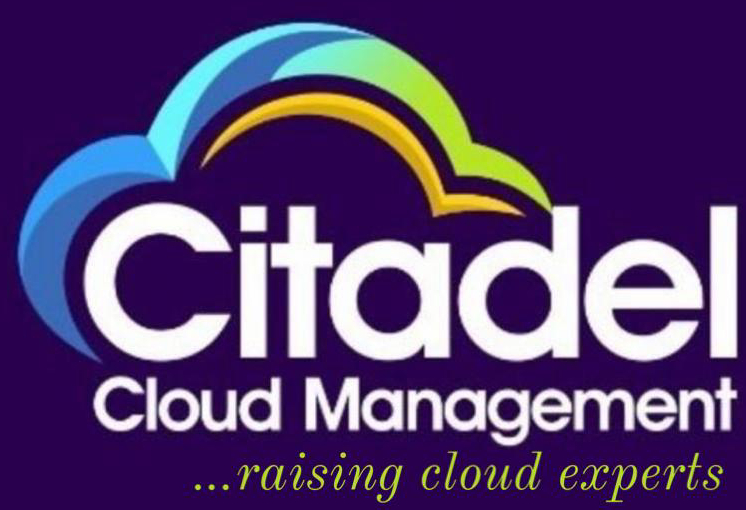In the rapidly evolving world of software development, integrating security into the development lifecycle has become a critical priority. This is where DevSecOps, a practice that emphasizes the integration of security in every phase of the DevOps process, comes into play. Successful DevSecOps implementations can significantly enhance the security posture of an organization while maintaining the agility and efficiency of DevOps. This article delves into the strategies and best practices for achieving successful DevSecOps implementations.
Understanding DevSecOps
What is DevSecOps?
DevSecOps stands for Development, Security, and Operations. It is a cultural and technical movement that aims to integrate security practices within the DevOps process. The goal is to make everyone in the software development lifecycle accountable for security, fostering a culture where security is a shared responsibility. By integrating security early and continuously, DevSecOps helps identify and mitigate vulnerabilities before they become significant threats.
The Importance of DevSecOps
In today’s threat landscape, where cyberattacks are becoming increasingly sophisticated, traditional security approaches that treat security as an afterthought are no longer sufficient. DevSecOps addresses this challenge by embedding security into every stage of the development pipeline. This proactive approach not only helps in early detection of security issues but also reduces the cost and effort required to fix them later in the development cycle.
Key Strategies for Successful DevSecOps Implementations
1. Foster a DevSecOps Culture
The foundation of any successful DevSecOps implementation is a strong cultural shift. Security should be seen as a collective responsibility rather than the sole domain of the security team. This requires:
- Training and Awareness: Educate all team members on the importance of security and how they can contribute. Regular training sessions, workshops, and awareness programs can help in this regard.
- Collaboration: Foster collaboration between development, operations, and security teams. Encourage open communication and create an environment where security concerns are discussed and addressed promptly.
- Leadership Support: Secure buy-in from leadership to prioritize security and allocate necessary resources. Leadership support is crucial for driving cultural change.
2. Integrate Security into CI/CD Pipelines
Continuous Integration and Continuous Deployment (CI/CD) pipelines are at the heart of modern software development. Integrating security into these pipelines ensures that security checks are automated and consistent. Key steps include:
- Static Application Security Testing (SAST): Integrate SAST tools to analyze code for vulnerabilities early in the development process.
- Dynamic Application Security Testing (DAST): Implement DAST tools to test running applications for vulnerabilities.
- Software Composition Analysis (SCA): Use SCA tools to identify vulnerabilities in open-source components and libraries used in the application.
3. Automate Security Testing
Automation is a cornerstone of DevSecOps. Automating security testing helps in achieving continuous security assessment without slowing down the development process. Consider the following:
- Security as Code: Treat security configurations and policies as code. Use version control systems to manage these configurations and ensure consistency across environments.
- Infrastructure as Code (IaC): Automate the provisioning and management of infrastructure using IaC tools like Terraform or Ansible, incorporating security best practices from the outset.
- Continuous Monitoring: Implement continuous monitoring solutions to detect and respond to security incidents in real-time.
4. Implement Secure Coding Practices
Secure coding practices are essential for preventing vulnerabilities at the source. Encourage developers to adopt secure coding standards and provide them with the necessary tools and resources. This includes:
- Code Reviews: Conduct regular code reviews with a focus on security. Peer reviews can help in identifying security issues that automated tools might miss.
- Secure Development Training: Provide developers with training on secure coding practices and common vulnerabilities such as SQL injection, cross-site scripting (XSS), and buffer overflows.
- Use of Secure Libraries and Frameworks: Encourage the use of libraries and frameworks that have been vetted for security.
5. Conduct Regular Security Assessments
Regular security assessments are crucial for identifying and mitigating risks. These assessments can take various forms, including:
- Penetration Testing: Conduct periodic penetration testing to simulate real-world attacks and identify vulnerabilities.
- Vulnerability Scanning: Use automated vulnerability scanners to identify known vulnerabilities in applications and infrastructure.
- Threat Modeling: Perform threat modeling exercises to identify potential threats and design appropriate countermeasures.
6. Ensure Compliance and Governance
Compliance with industry standards and regulations is a critical aspect of DevSecOps. Implementing governance frameworks helps ensure that security practices align with regulatory requirements. Steps to consider include:
- Policy Enforcement: Define and enforce security policies across the development lifecycle. Use automated tools to ensure compliance with these policies.
- Audit and Reporting: Implement auditing mechanisms to track and report on security activities. Regular audits help in identifying gaps and ensuring continuous improvement.
- Risk Management: Develop a risk management framework to assess and mitigate security risks. Regularly review and update risk assessments based on the evolving threat landscape.
7. Foster Continuous Improvement
DevSecOps is not a one-time effort but a continuous journey. Strive for continuous improvement by:
- Feedback Loops: Establish feedback loops between development, operations, and security teams. Use feedback to identify areas for improvement and drive iterative enhancements.
- Metrics and KPIs: Define metrics and key performance indicators (KPIs) to measure the effectiveness of DevSecOps practices. Use these metrics to track progress and make data-driven decisions.
- Learning from Incidents: Conduct post-incident reviews to learn from security incidents and prevent future occurrences. Use these reviews to refine security practices and improve resilience.
FAQs on Successful DevSecOps Implementations
1. What are the primary goals of DevSecOps?
The primary goals of DevSecOps are to integrate security into every phase of the software development lifecycle, foster a culture of shared responsibility for security, and achieve continuous security assessment and improvement. By doing so, DevSecOps aims to enhance the overall security posture of an organization while maintaining the agility and efficiency of DevOps.
2. How can we foster a culture of shared responsibility for security?
Fostering a culture of shared responsibility for security involves:
- Educating all team members on the importance of security and how they can contribute.
- Encouraging collaboration between development, operations, and security teams.
- Securing leadership support to prioritize security and allocate necessary resources.
3. What tools are commonly used in DevSecOps implementations?
Common tools used in DevSecOps implementations include:
- Static Application Security Testing (SAST) Tools: For analyzing code for vulnerabilities.
- Dynamic Application Security Testing (DAST) Tools: For testing running applications for vulnerabilities.
- Software Composition Analysis (SCA) Tools: For identifying vulnerabilities in open-source components and libraries.
- Infrastructure as Code (IaC) Tools: For automating infrastructure provisioning and management.
- Continuous Monitoring Solutions: For detecting and responding to security incidents in real-time.
4. Why is automation important in DevSecOps?
Automation is crucial in DevSecOps because it enables continuous security assessment without slowing down the development process. By automating security testing, policy enforcement, and monitoring, organizations can achieve consistent and efficient security practices, reducing the risk of human error and ensuring that security is an integral part of the development pipeline.
5. How do we ensure compliance with industry standards and regulations in DevSecOps?
Ensuring compliance with industry standards and regulations in DevSecOps involves:
- Defining and enforcing security policies across the development lifecycle.
- Implementing auditing mechanisms to track and report on security activities.
- Developing a risk management framework to assess and mitigate security risks.
- Regularly reviewing and updating security practices based on regulatory requirements and the evolving threat landscape.
6. What are the benefits of integrating security into CI/CD pipelines?
Integrating security into CI/CD pipelines offers several benefits, including:
- Early detection and mitigation of security vulnerabilities.
- Consistent and automated security checks, reducing the risk of human error.
- Enhanced collaboration between development, operations, and security teams.
- Improved overall security posture without compromising the speed and agility of the development process.
7. How do we measure the success of DevSecOps implementations?
Measuring the success of DevSecOps implementations involves defining metrics and key performance indicators (KPIs) to track progress. Common metrics include:
- Number of vulnerabilities detected and remediated.
- Time taken to resolve security issues.
- Compliance with security policies and standards.
- Frequency and impact of security incidents.
- Feedback from post-incident reviews and continuous improvement initiatives.
8. What are the common challenges in implementing DevSecOps, and how can they be overcome?
Common challenges in implementing DevSecOps include:
- Cultural Resistance: Overcome by fostering a culture of shared responsibility and securing leadership support.
- Lack of Training: Addressed by providing regular training and awareness programs for all team members.
- Tool Integration: Mitigated by selecting tools that integrate seamlessly with existing development and operations workflows.
- Resource Constraints: Managed by prioritizing security initiatives and allocating necessary resources for successful implementation.
Conclusion
Successful DevSecOps implementations require a holistic approach that integrates security into every phase of the development lifecycle. By fostering a culture of shared responsibility, automating security testing, implementing secure coding practices, and ensuring compliance with industry standards, organizations can achieve a robust security posture while maintaining the agility and efficiency of DevOps. Continuous improvement and collaboration between development, operations, and security teams are key to realizing the full potential of DevSecOps and addressing the evolving challenges of the modern threat landscape.

